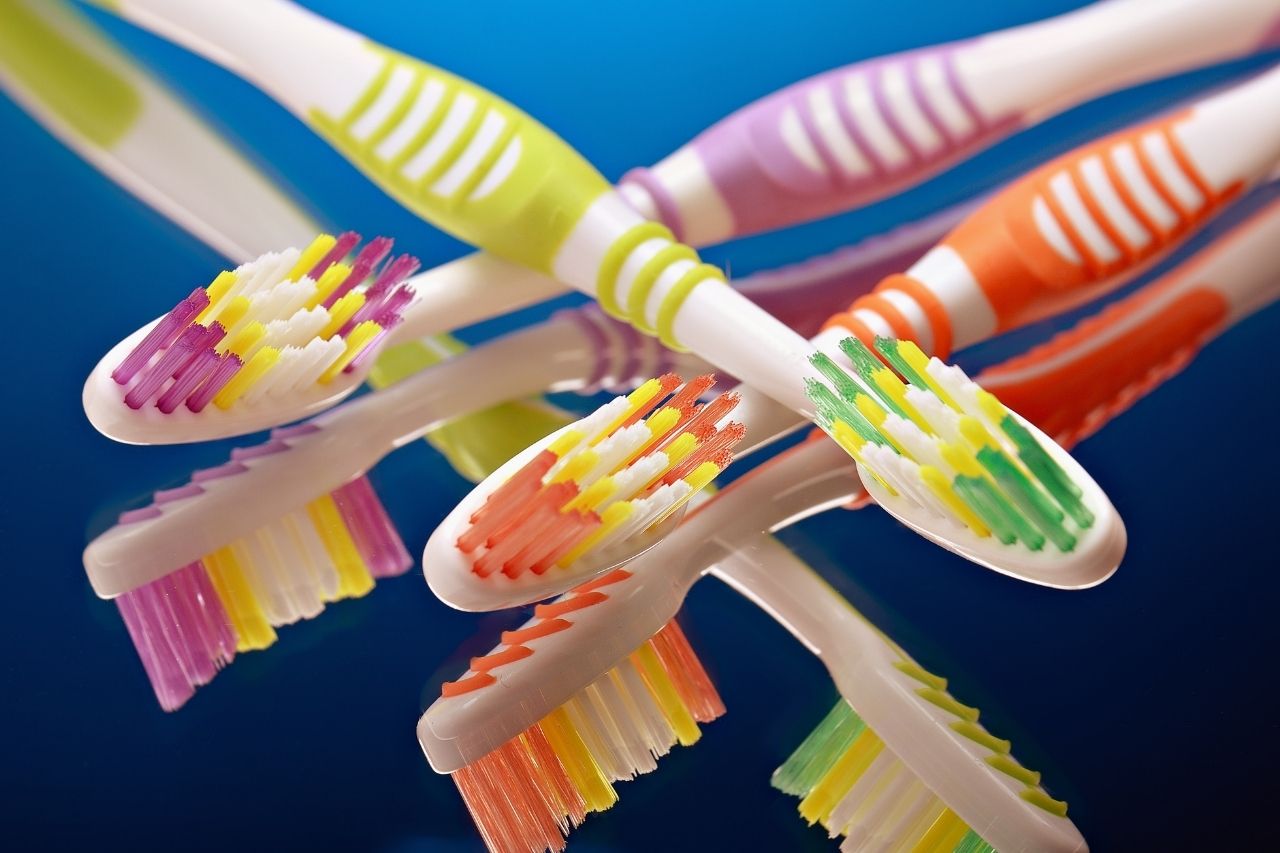When the average consumer hears about “injection molded products,” they might imagine a simple sequence of events. Someone makes a mold, hot plastic goes into the mold, and out comes a finished product. It’s not too far from the truth, but the reality is that injection molding scales up in complexity as the part design demands.
One of the most widely-used advanced techniques for producing more complex parts is “overmolding.” What is this process, and when is it the right choice for a project over basic injection molding? When properly applied by our experienced molding team, overmolding can provide product designers and our plastic manufacturers in Texas with an impressive degree of flexibility.
When Standard Injection Molding Isn’t Enough
In standard injection molding, engineers use computer software to design molding hardware that produces a single complete item after every production run. Molten plastic, injected under pressure into the mold, fills all the voids and cavities completely. The mold ejects the cooled part, which is ready for immediate use or for additional finishing work and assembly. In this process, manufacturers can use only one type of plastic material, and generally the finished part is completely plastic.
There are many times when such processes aren’t enough for what you want to achieve, however. Some plastic materials can be slippery in the hand, especially when wet, and others are uncomfortable to hold. Combining these materials with another more ergonomic selection through work called overmolding is the solution.
Let’s consider how the overmolding process works to create the additional flexibility sought out by manufacturers.
What Is Overmolding?
Unlike the typical injection molding workflow, overmolding is a manufacturing process that requires more than one molding cycle to produce the finished part. In this manufacturing effort, the goal is to create a product that fully exhibits the properties of the different plastic materials chosen in addition to different colors between parts. For example, a product might have a rigid plastic interior for strength and rigidity, which then undergoes overmolding to produce a surface that is easier for a hand to grip.
The Overmolding Process
Overmolding begins with the production of a substrate material in its own injection mold, done by injecting molten thermoplastic into the cavity and allowing it to fully cool. Next, workers must transfer the cured substrate into a special overmolding tool. This machine injects the molten thermoplastic into the chamber, where it may completely encase (overmold) the substrate. It may also fill in gaps inside the substrate or cool around it. As it does so, the materials form chemical and physical bonds that provide strong separation resistance over time. The result is typically a very durable item that looks like a single contiguous piece, even though it is not.
In some cases, the substrate material is not injection molded plastic, but another type of material, such as a type of metal. Molds must have specific designs that let them accommodate the shape and size of the substrate. Otherwise, achieving proper adhesion is difficult, and there can be dramatic cosmetic differences from run to run. A well-designed set of molding tools are must-haves if you wish to be able to perform successful overmold work.
Overmolding Applications
The most common uses for overmolding include creating handles on tools or protective casings on other consumer products. For example, you might use overmolding to produce a rubberized plastic handle on top of a screwdriver. Toothbrushes also commonly use overmolding. The process is well-suited to larger and more complex parts as well, especially when you wish to join metal and plastic.
Pros & Cons of Overmolding
Like standard injection molding, overmolding reproduces complex part designs faithfully and allows for the easy combination of two different materials for aesthetic and functional purposes. Overmolding does not require special equipment, which makes it more accessible for some manufacturers. While tolerances are not as fine, the process is well-suited for products that do not require the highest degree of accuracy.
Despite its advantages, overmolding has some drawbacks. It is a more expensive process, and it is not nearly as fast as the standard injection process. Overmolding is a better fit when either the speed or the volume of production is not a critical consideration.
Select the Best Process for Your Product
With advanced hardware and savvy engineering, you can transform the injection molding process into an incredibly versatile tool for manufacturers. Is your part design best-suited for basic molding, or should you seek out expertise in overmolding? At Reliant Plastics, we make it our mission to aid our clients in finding the answers — and then providing them with solutions that align with their goals.
To learn about overmolding applications, and to request a free quote for your project, contact our team today.




